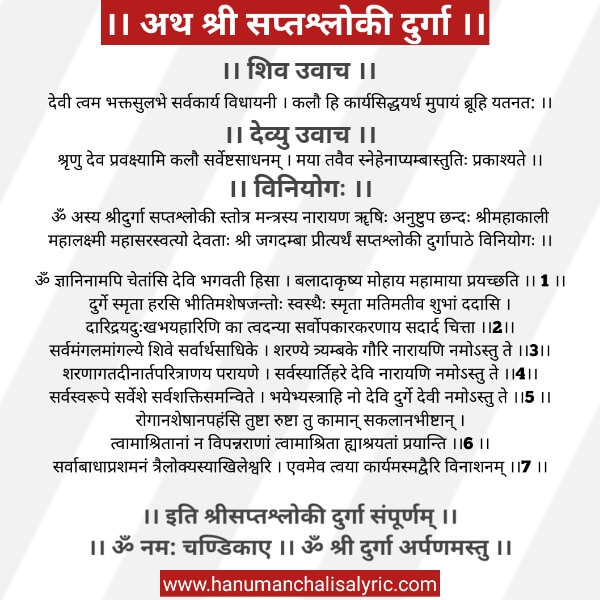
The nirguna concept Avyakrita, transcendent is also referred to as Maha-lakshmi. The saguna forms of her, asserts the text, are Mahakali destroyer, Tamasic, Desire principle of mother, Mahalakshmi sustainer, evolution principle of mother ,Sattvic and Mahasaraswati creator, Action principle of mother, Rajasvic, which as a collective are called Tridevi. The text includes hymns to saguna manifest, incarnated form of the Goddess, as well as nirguna unmanifest, abstract form of her. The Devi Mahatmya text is a devotional text, and its aim, states Thomas Coburn, is not to analyze divine forms or abstract ideas, but to praise.

One of the earliest evidence of reverence for the feminine aspect of God appears in chapter Hymns to goddesses are in the ancient Hindu epic Mahabharata, particularly in the later to CE added Harivamsa section of it.ĭevi Mahatmya is a text extracted from Markandeya Purana, and constitutes the latter's chapters 81 through Thus, it can be concluded that the text was composed before the 7th century CE. Mackenzie Brown, is both a culmination of centuries of Indian ideas about the divine feminine, as well as a foundation for the literature and spirituality focussed on the feminine transcendence in centuries that followed. In Southern India, Tulunadu in Coastal Karnataka considers "Devi Mahatme" as important story line in praying the Shakti and several plays in the form of Yakshagana conducted throughout the year by most of Shakti temples to tell glorious powers of Devi to people of all generations since many centuries. The Devi Mahatmyam describes a storied battle between good and evil, where the Devi manifesting as goddess Durga leads the forces of good against the demon Mahishasura -the goddess is very angry and ruthless, and the forces of good win.

File Name: durga saptashati in sanskrit and hindi.


 0 kommentar(er)
0 kommentar(er)
